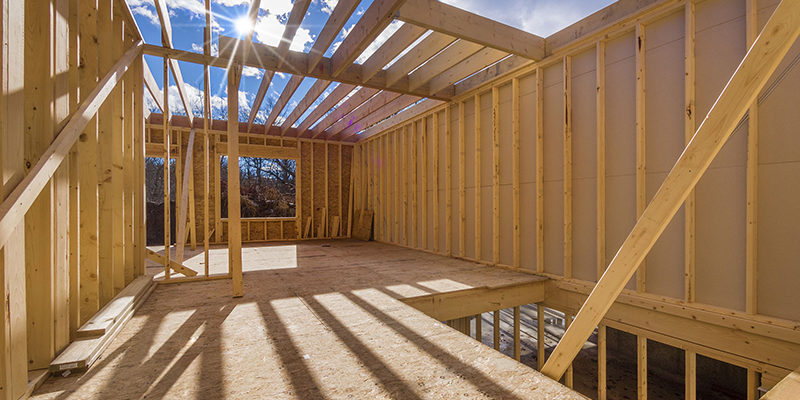The Occupational Health and Safety Administration (OSHA), in coordination with the National Association of Home Builders (NAHB), recently released a new fact sheet to improve workplace safety on residential construction sites. Using statistics gathered through surveys, this fact sheet focuses primarily on the dangers associated with enclosed spaces like attics and basements.
What the New Fact Sheet Covers
While OSHA standard 29 CFR 1926 Subpart AA provides a set of safety guidelines for confined spaces on residential construction projects, this fact sheet aims to translate complex standards into layman’s terms and is available through OSHA’s website.
Understanding Confined Spaces
Per OSHA’s standard, a confined space is any space large enough for an employee to enter with limited means of entry or exit and not designed for continuing occupancy. Certain hazards, however, can turn a traditional confined space into a “permit-required” confined space. Once a space has been identified as confined, workers must next determine whether it is a permit-required confined space. Permit-required confined spaces include:
- Spaces that may contain a hazardous atmosphere;
- Areas in which workers could become trapped by collapsing walls or sloping floors that taper to small areas;
- Locations that contain materials that may potentially engulf a worker; and
- Spaces that contain any other health or safety hazard recognized by OSHA.
While it is rare for a confined space such as an attic, basement, or crawlspace to require a permit, extenuating factors such as extreme heat in an attic could render it permit-required. It can sometimes be difficult to determine whether an atmosphere qualifies as hazardous. To get around that, OSHA advises that if an employee would suffer any physical symptoms while in the confined space that would prevent him or her from exiting the confined space without assistance, it should be considered extreme. Physical symptoms can range from exhaustion, dizziness, cramps, or even severe sweating. While not the clearest definition, this provides a gauge to consider when evaluated confined spaces.
Crawlspaces with unexpected significant flooding and unintentionally active electrical wires should be considered, as they are extremely hazardous.
Unsurprisingly, basements that have been converted into spaces for continuous occupancy, or finished, are no longer confined spaces.
The More You Know
Knowledge is power. Knowing the various definitions and standards of a confined space, and exceptions to the rule, helps every worker make the smartest decision on the job. While practical is always different than the theoretical, reviewing and referencing such fact sheets allow you to better assess working conditions and limit risk exposure. Defining the space, knowing what you’re getting into, is the first step in determining required training, personal protective equipment (PPE) and rescue protocols, should they be required. It is everyone’s job to know, so they can respond with confidence, the first time.
Ensure Safer Work Environments with Triax Technologies
Improve workplace safety in residential construction. Spot-r® by Triax is a comprehensive solution that offers a platform of data collection safety devices, network, application, and insights to capture, synthesize, and act on field data. Contact us or request a demo of the Triax IIoT platform to learn more about worksite safety and enhancing risk mitigation on your projects.

